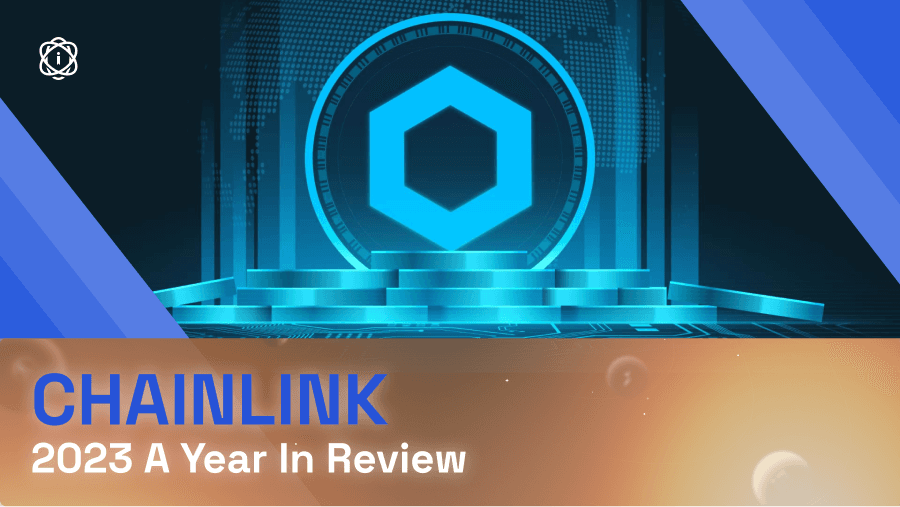We are excited to announce the successful deployment of the SEDA mainnet V1, marking the beginning of the new standard for modular data transport, access, and configuration. After building in stealth mode for the previous 24 months, SEDA’s mainnet marks the feature-heavy rollout of SEDA’s modular data layer. This deployment signals the final stage of evolution away from unscaleable traditional data infrastructure to a permissionless data layer, unlocking access to any data from any chain at any time.
The SEDA Mainnet Key Feature Rollout
SEDA was built to solve issues faced by traditional data infra, such as oracles that fail to sufficiently scale to meet blockchain networks’ growing fragmentation and expansion. Traditional infra faces delays of over nine months, requiring native deployments to new networks for each new feed deployed. The SEDA network mitigates the need for native deployments by allowing seamless integration for any blockchain via simply forking a prover contract connecting any network to SEDA with same-day data access.
Representing a new standard for Web3 data, the SEDA Network leverages a completely modular and permissionless design that natively servers over 230 blockchains. SEDA’s modular design enables any tech stack to add the network as its dedicated data layer anytime.
Additionally, SEDA allows builders to deploy programs that facilitate protocol-customized data feeds to suit developers’ specific needs. As a result, SEDA will act as the one data layer for all Web3, connecting RPC data, price feed data, or any available API endpoint to and from any chain in a completely decentralized, permissionless, and programmable manner.
“Permissionless development is the cornerstone of Web3, and we are excited to launch a new standard for data access that allows developers to leverage SEDA to build what they want, anywhere.” Jasper, CTO & Co-Founder at SEDA
SEDA Mainnet For The Long-Term
Over the coming months, SEDA will begin integrating its partner pipeline, featuring over 100 protocols ready to connect alongside the deployment of each feature. The long-term vision for SEDA will see the network not only facilitating permissionless access, transport, and configuration of any data type across Web3 but also facilitating the future state of chain abstraction being built into the settlement layer of the CAKE framework, which will make chain abstraction a reality.
SEDA’s modular and chain-agnostic design will support its adoption across any Web3 network. As the industry continues to suffer due to fragmentation and siloing of ecosystems, SEDA represents a new standard that all can adopt, resulting in one data layer for all of Web3’s data access, transport, and configuration needs.
To learn more about building with SEDA, access our docs or connect with the team on Discord or the website with any outstanding questions.
SEDA



